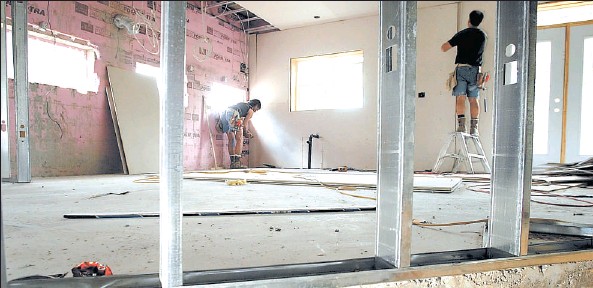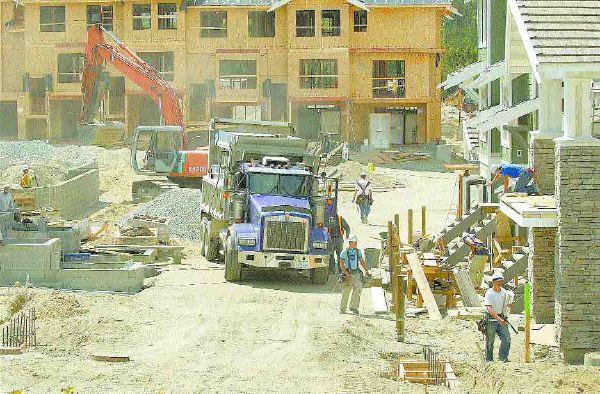Take note of 10 tips that can help you detect and avoid a scam
Hannah Yacobi
Province
OTTAWA — When Richard Saxton got a phone call a year ago while relaxing at home with his wife, he was pleasantly surprised.
Saxton, an Ottawa executive, heard a ship horn in the background and an automated announcement saying he had just won a cruise. He was connected to a company representative.
It was an all-expenses-paid, week-long cruise for two, from Miami to the Bahamas and back. Unfortunately, it wasn’t a prize at all, but a travel scam aimed at getting Saxton’s money.
Thousands of Canadians fall victim to mass-marketing fraud every year and government, business and travel officials agree that it is very important to be aware of such fraud.
“The vacation and travel scam is any false, deceptive, misleading solicitation in which an advance fee is required to secure and hold a vacation,” says Cpl. Louis Robertson, co-ordinator of criminal intelligence for the Canadian Anti-Fraud Call Centre, also known as PhoneBusters.
PhoneBusters deals with Canadian fraud cases, as well as others around the world that have a link to Canada. Robertson says they receive about 145,000 calls a year, and between 30,000 and 35,000 e-mails a month from concerned Canadian and American consumers.
In a typical scam, “administration fees” may vary. For instance, Saxton was asked to pay $500 in port fees. Having gone on cruises before, he knew that port fees are included in the cruise price. He was also told he had filled out a contest ballot, which he didn’t.
One way to avoid such scams is to verify the agency through the Association of Canadian Travel Agencies’ website. Only accredited agencies can become its members, and ACTA represents over 3,000 companies.
Checking if the agency is registered with a provincial consumer protection bureau, such as the Business Practices and Consumer Protection Authority of B.C., can be useful. PhoneBusters and Competition Bureau Canada can also be called to report a scam.
Here are 10 expert tips to detect and avoid a scam:
– A prize is free. There are no fees associated with it.
– The caller should not sound too excited or have a sense of urgency.
– If it sounds too good to be true, it probably is.
– Don’t send money to somebody you don’t know. Always pick a reputable agency that you are familiar with and one that is local.
– Verify that the company is, in fact, registered with their provincial organization or has a legitimate affiliation.
– Refer to the Better Business Bureau to determine if there have been complaints made against the firm.
– If you are thinking of going ahead with the offer, bring it to the local travel agent to get some advice.
– Request any information in writing, such as cancellation and refund policies.
– If someone is calling you, you can’t be sure where the phone call is coming from. Get their phone number and address. This can help verify if the company is legitimate.
– You do not win anything unless you enter a lottery, a promotion, or a game of chance.
© Copyright (c) The Province








